Things to consider when creating a menopause policy
Having a menopause policy or guidance document in your workplace is best practice. Sometimes creating a policy can be a long process, and we’ve seen lots of organisations create a guidance document or factsheets to support people while they get their policy signed off and over the line.
It doesn’t really matter what you call it. Ultimately, it is there to support people and give them the information they need, when they need it, and lay out what help is available to people.
Your document can outline some principles around guidance or rules and highlight roles and responsibilities. This is key to supporting people leaders who aren’t sure of their role in their teams.
A good guidance or menopause policy document should also signpost help and support, both internally and externally. Make sure that it’s regularly communicated and accessible so people can engage with it. There’s no point creating a document no one knows exists. You need a live, helpful document that’s doing its job.
Who to involve when creating your menopause policy?
It’s also worth spending time thinking about your stakeholders. Who would you like to be involved? Who would it be beneficial to have on board? Who do you need to keep informed and who will sign it off?
This can help to set you up for success through the process and create a worthwhile and supportive document. If you have a unionised workforce it might also be worth reaching out to see if they can offer any specific input.
Importantly, you’ll need leadership on board and have their approval to create the document and give their sign off.
Your diversity, equity and inclusion team is important too, as are other colleagues in cross-functional teams that could input. Stakeholders don’t just need to be menopausal women. Those of all ages and gender expressions should be involved, to make sure you’re creating an inclusive and supportive document which will help people right across your business.
Think about the breadth of your organisation. For example, in a hospital you might have someone in an office, someone doing shift work, some in uniform, others not. You need to think about the needs of all different groups across the business, consulting widely to create a useful and supportive document.
Your communications team can be hugely helpful too, giving you information on how to engage your people and communicate your policy.
Having support groups and networks in place can really help, such as a women’s resource group or diversity resource group. Engage with them and talk about what might be helpful to their groups.
Speaking with someone in HR is important, too. They can tell you what other documents are available that you can link and refer to. Plus, you really need to get them involved in process to make sure reasonable adjustments are going to be useful and practicable from an HR perspective.
Workplace health and safety are another key stakeholder. Your guidance document will help them to understand how menopause might impact their health and safety operations. This is particularly topical with the new psychosocial hazards legislation, which lifts the bar on supporting people with mental health difficulties.
Once you have and idea of who to involve, think about their roles, communicate this to them and let them know your timeframes. Get every key stakeholder involved in the process from early on. This can help to avoid last-minute hurdles when you’re trying to get support and approval at the end.
Your unique document
Menopause policies come in all shapes and sizes, so think about what’s right for your organisation. Do you have a framework for how it needs to be created? Think about how your other policies and guidance documents are stored – are they easily accessible, and how can you make sure yours is widely available to all?
We’re not big fans of policy template, as every organisation is different, however we do offer guides, suggested wording and a policy library to Menopause Friendly members. Remember, this is not a tick box exercise. Each organisation will need to find its own organic approach that reflects its own culture, industry and people.
What to consider in your menopause policy
First of all, think about your culture. How do people talk about things like menopause? Consider your strategy, leadership, existing policies and processes and any compliance or regulatory requirements. Resist the temptation to Google ‘menopause policy’ and make sure your document is meaningful.
Then decide what to call it. You could go for guidance document, or some people like ‘toolkit’, which can make it more approachable. Some have split documents to make them tailored for different audiences. If you consider the purposes of your document, it can help you decide on the right approach here.
Your content is obviously key. Talk to your stakeholders. What content will be useful, what will support them, what information do they need? If you’re creating a people leader document, think about specifics like reasonable adjustments or a fillable support document.
Also, find out if you have policy standards you must adhere to in terms of structure and tone, which is often the case for government organisations and those with strong governance.
Inclusivity is key, too. Think about how much you want to use the word ‘woman’ or to make it an all-inclusive document. It can be challenging, but making sure your document is clear that you will support everyone in your workplace is paramount.
In terms of structure, it’s a good idea to have an introduction linking to your overarching strategy, your aims and objectives and links to other related policies. Then move into the facts of what menopause is, definitions around stages and early menopause, early and medically induced menopause and symptoms. You can also link to external resources to help people explore options.
Then talk about managing menopause. Here, you’re looking to describe but not prescribe. Give tips on finding a doctor and short statements about things like lifestyle. The Australasian Menopause Society have a good guide on their website, and you can add links to help people make a rounded, informed choice.
Signposting to other internal support is helpful too, such as your EAP, health and safety and any counselling services you may have.
Then look at any additional appendices. How to talk to your doctor and manager about menopause, reasonable adjustments based on your organisation, any extra useful articles or information.
Finally, design.
This can be tricky if you have a set policy standard look and feel. But what can help is shifting some of the stereotypes around menopause. If you Google images you’ll get lots of white middle-aged women with fans! Make sure you’re representing different symptoms and people of diverse backgrounds and expressions. This is a great opportunity to change some of the negative perceptions and stereotypes about menopause.
Menopause Friendly membership gives you access to resources and documents that can support you in producing your policy. If you’re not already a member, chat to us today and find out more about joining.



